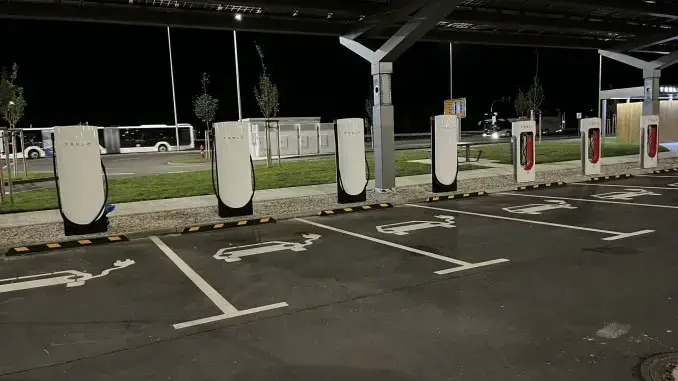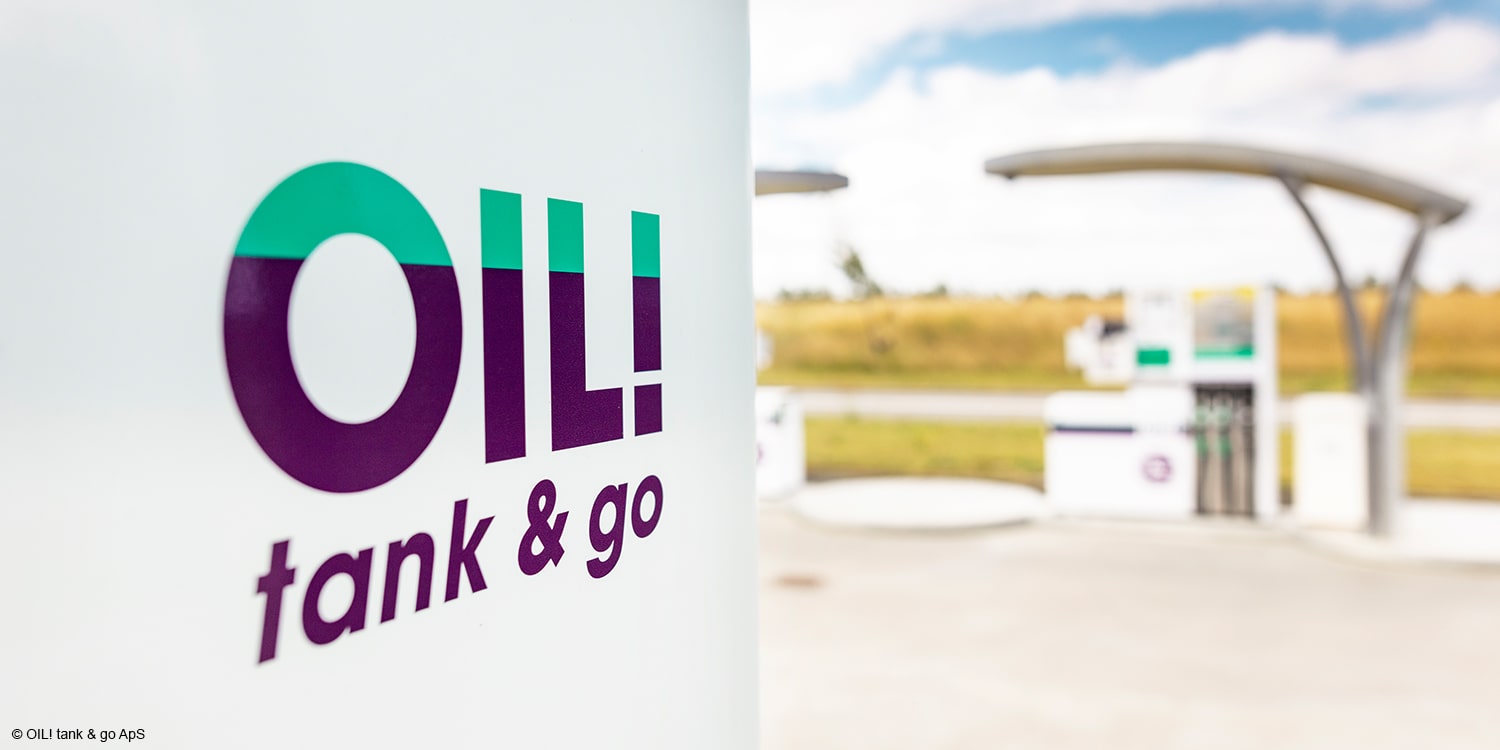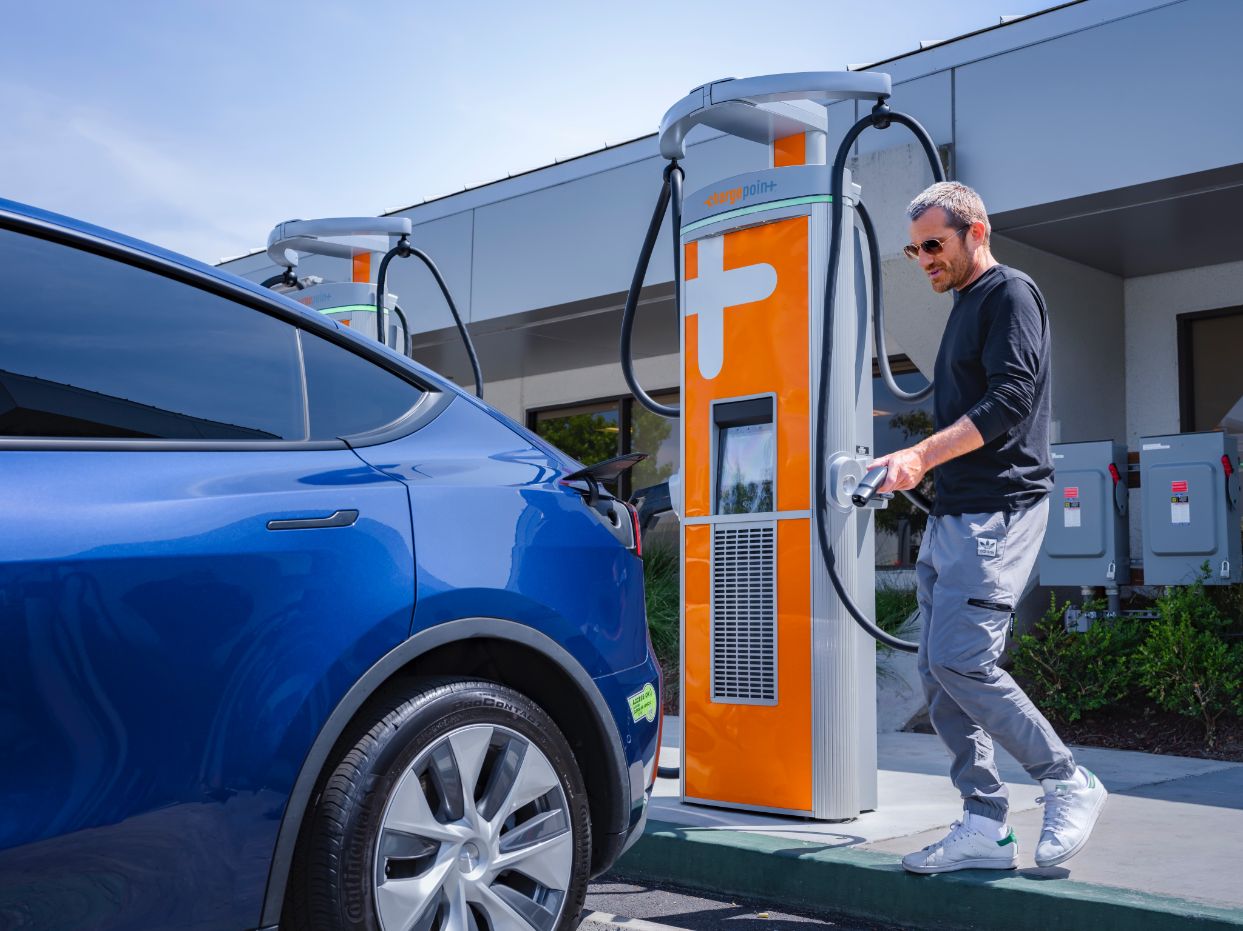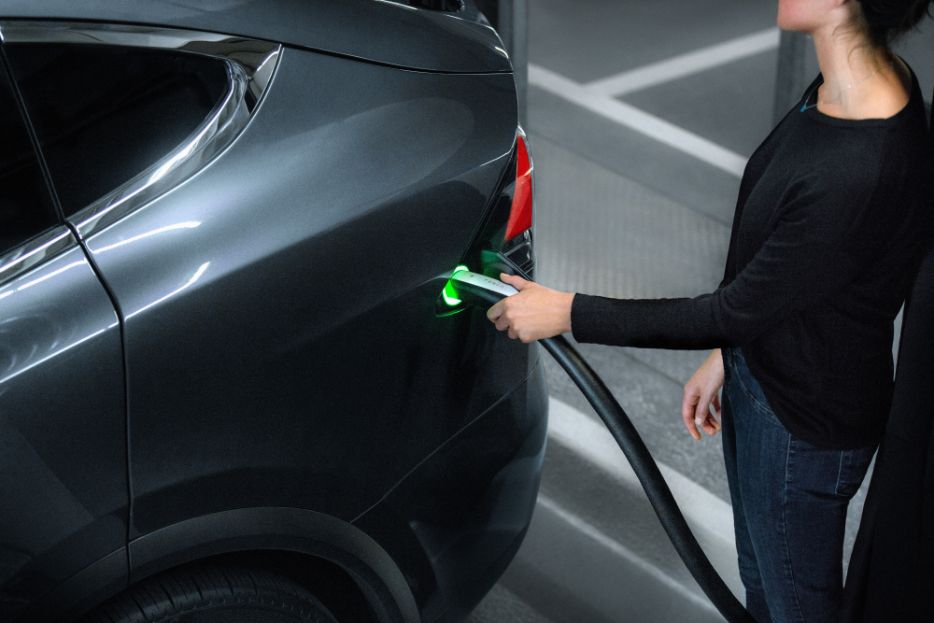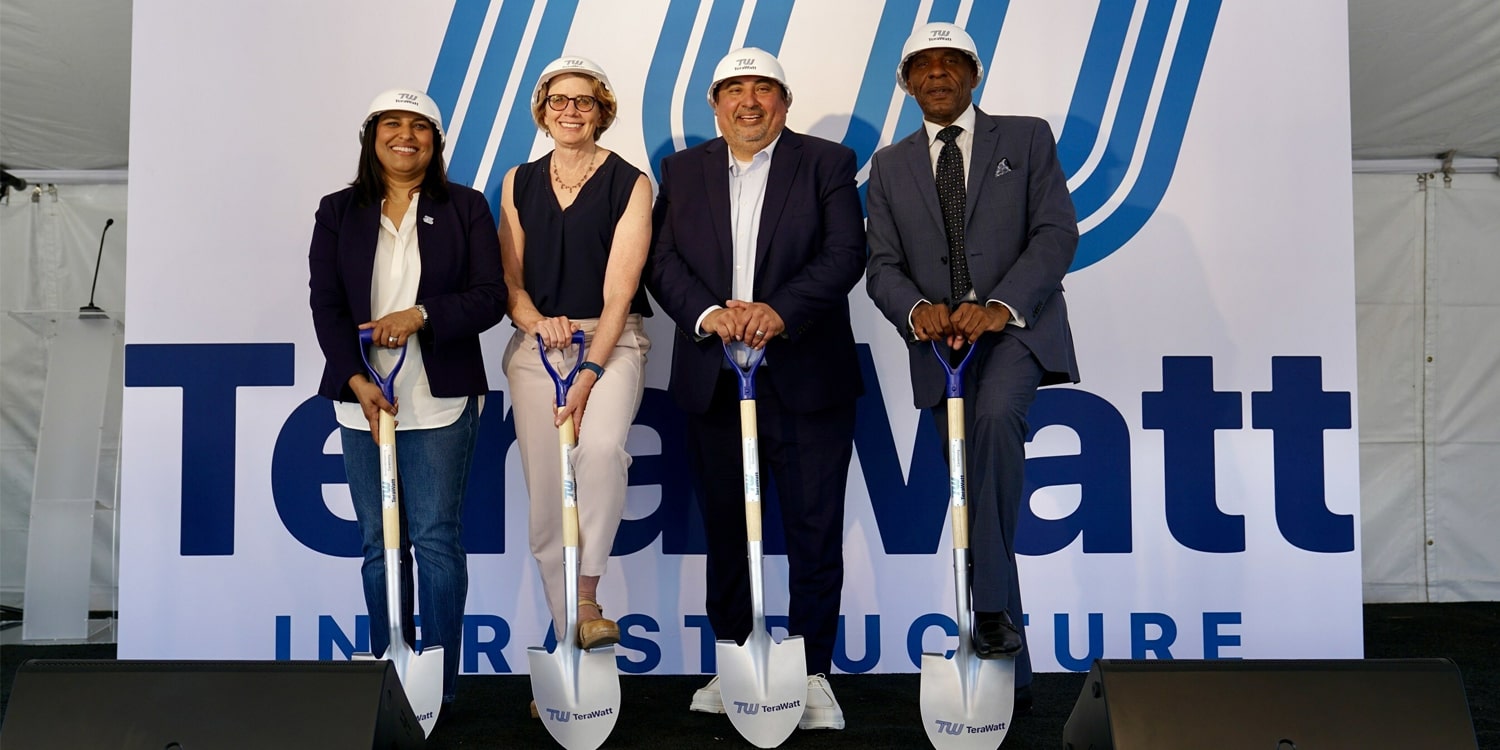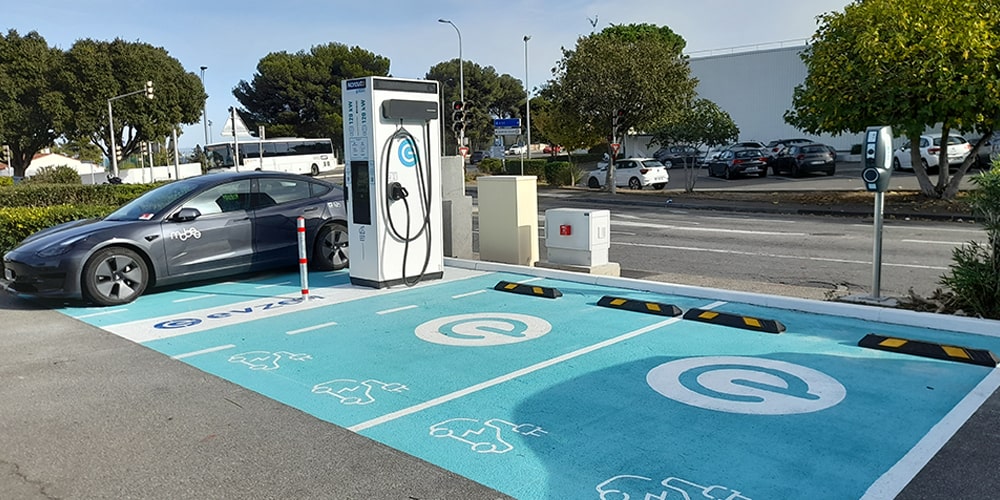Tesla has unveiled its latest V4 Supercharger station at Gigafactory Berlin, marking the sixth installation of this advanced charging technology in Europe. However, what truly sets this installation apart is not just its location, but the successful replacement of existing V3 Superchargers with the new V4 units. This achievement underscores Tesla’s ability to swiftly and seamlessly upgrade its charging infrastructure, boding well for the rapid expansion of its Supercharger network.
The introduction of the V4 Supercharger stations was initially revealed during Tesla’s Investor Day earlier this year. The surprising announcement of the first European station’s construction was followed by a swift installation in the Netherlands, sparking a series of subsequent installations across countries like Austria, France, Italy, and now Germany. The conversion of the V3 stations at Gigafactory Berlin to V4 units stands as a testament to Tesla’s efficiency in adopting and implementing its latest charging technology.
See also: Tesla opens its V4 Supercharger to all EVs after successful testing
https://twitter.com/EinfachFelyx/status/1688648682285961218
A key advantage of the V4 Supercharging posts lies in their longer charging cables, designed to accommodate a broader range of electric vehicles (EVs), including those from other manufacturers. This inclusivity aligns with Tesla’s strategy to broaden the accessibility of its Supercharger network, particularly in North America, where several prominent automakers have committed to adopting Tesla’s North American Charging Standard (NACS) for their upcoming EVs. As these partnerships take shape, the upgraded V4 infrastructure is poised to handle the anticipated surge in traffic at Supercharger stations.
See also: Tesla’s New V4 Supercharger Comes to Life in the Netherlands
The successful conversion of V3 to V4 stations not only expedites the rollout of the advanced charging technology but also comes with a caveat. These converted stations necessitate updates to their supporting infrastructure to facilitate charging speeds of up to 350 kW. These specifications, unveiled in planning documents the previous month, underline Tesla’s commitment to providing high-speed charging capabilities for its growing user base.
As Tesla continues to make strides in enhancing its Supercharger network, the successful transformation of V3 stations to V4 units stands as a notable milestone. This accomplishment not only demonstrates Tesla’s prowess in swiftly adapting to evolving EV charging demands but also positions the company at the forefront of driving the transition towards efficient and accessible electric mobility.

